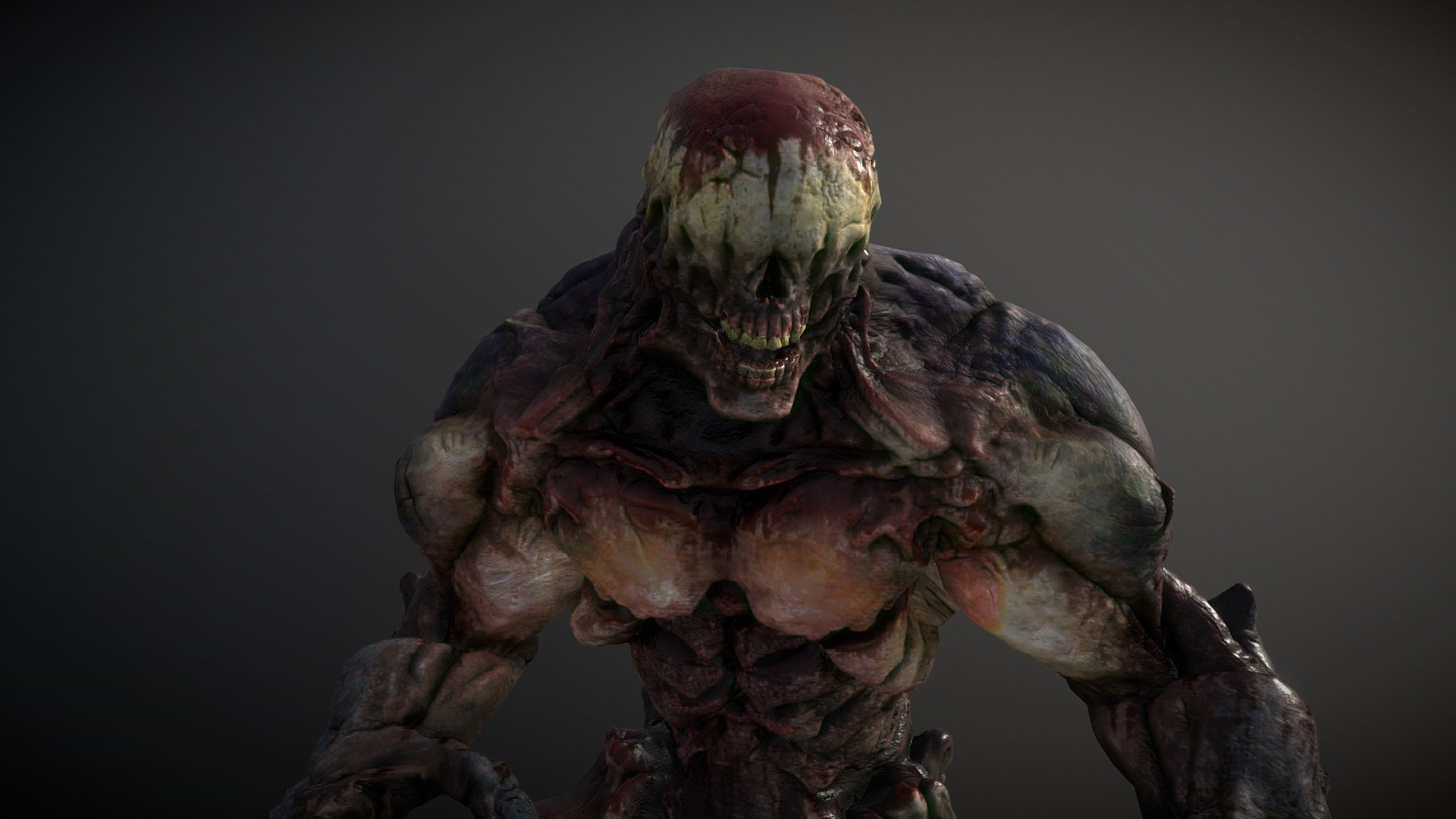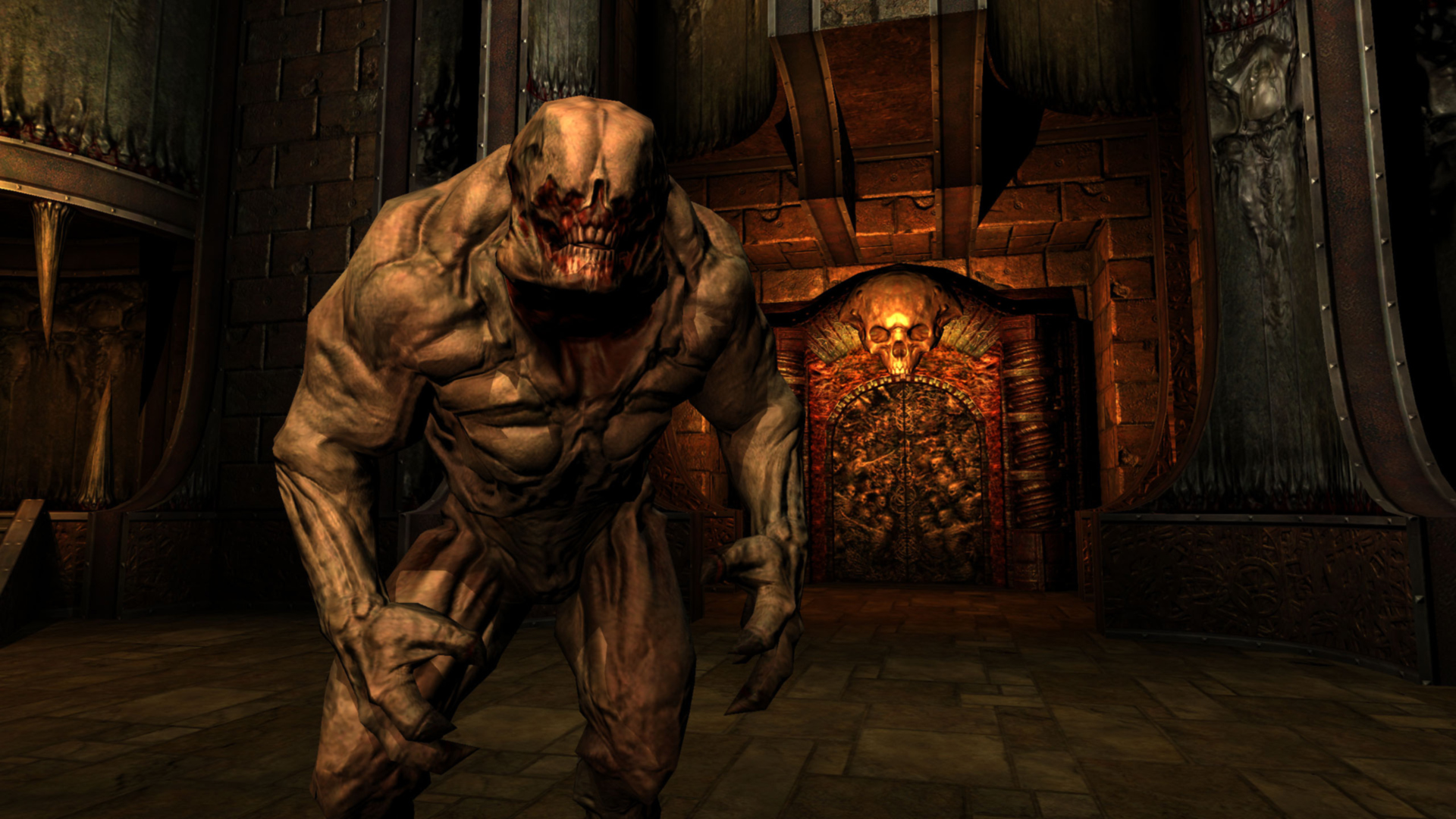
Graphics have come a long way since even then, but this era was when games really started knocking on the door of photorealism.Īnyway, that’s a digression I’ve not the time nor inclination to indulge just now. In that year we got Doom 3, Half-Life 2, Vampire – The Masquerade: Bloodlines, The Chronicles of Riddick Escape from Butcher Bay and Far Cry. Doom 3 took us a step closer to turning what was in our imaginations into a tangible, breathing reality. I remember that despite bricking my pants during this segment as a nine year told, I couldn’t help but imagine how it would look in a movie. It’s also a wonderful reimagining of the dual Baron reveal at the end of Knee Deep in the Dead, the first episode of the original Doom. In my view, the cinematics peak with the Hell Knight introduction which is lit, shot and timed perfectly. Nevertheless, Doom 3 is littered with good cutscenes, especially when it comes to introducing new enemies. There’s some awesome, memorable encounters, but the moment to moment action is fairly forgettable. Much as I enjoy Doom 3 and appreciate its dedication to the original’s horror tone, the gameplay suffered. I can understand why some people felt the game was more preoccupied with feeling cinematic than building on many of the original’s gameplay tenants. Their cold tone and erratic nature creates a heightened sense of tension, unease and danger which complements the action as it unfolds.īetween the balanced use of light and careful framing of the central characters, cinematography is everything that makes this sequence work.įrom Hell Baron to Hell Knight – An ode to the past In this case, that key light is a pair of strobes at either side of the frame, which flicker roughly in alternation. We are almost completely dependent on the key light for understanding what’s going on. The foreground of both characters are engulfed in darkness, against the hot back light of the orange portal. We already have some context for the framing of the shot, which further clarifies our physical relation to the Hell Knight and character between us.Īll of this unfolds in that black channel I mentioned earlier. Putting a human character of comparable size in the foreground solves this problem.įurthermore, when the sequence begins we see our character and the camera moves in to share their general point of view.

You can’t see yourself, so it’s difficult to get an accurate sense of how large something is in comparison to you. First person games don’t communicate scale as well as those in third person. The use of the human character is pivotal in making this effective, not just in terms of allowing the enemy to demonstrate its strength. Tilting the perspective upwards from a low elevation, drives home the sheer size of the Hell Knight as it dominates the focal point of the frame. The next shot builds on the lighting with some smart camera work. Topics: Cinematics, Cinematography, Doom 3, Game Design, Games.Ground breaking in 2004 and in many ways, still relevant in 2020.Īnd if there’s just a single instance where all these components converge with delightful grace, it’s when the game unleashes its own take on the aforementioned beastie – the Hell Knight. The game has a look and feel which is entirely its own. These back of the box technical features are bought to terrifying life by Kenneth Scott’s cold, industrial, sci-fi horror art direction. Unified lights and shadows, bump mapping and skeletal animations are among similar innovations.
Doom 3 hellknight software#
The game’s engine ( id Tech 4) provided id Software a number of tools to realise their vision. One which is far more cinematic in execution than what had been possible before its release. That’s what she said.ĭoom 3 is all about bringing gamers a new interpretation of the original story. Doom: Eternal operates entirely on its own plane of existence.īut that’s an arbitrary point for another time.

Doom 2016 and Doom: Eternal feel more like evolutions of the Quake formula, than Doom’s. Personally, I think it sticks to more of the original games’ core values than the reboot.


It has its fans, no doubt and I’m one of them. They even adorn the cover artwork of the third game, though it isn’t the most fondly remembered of the series. The Hell Knight is one of Doom’s most iconic monsters.


 0 kommentar(er)
0 kommentar(er)
